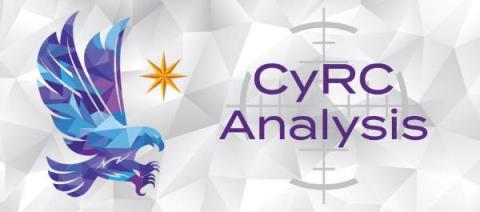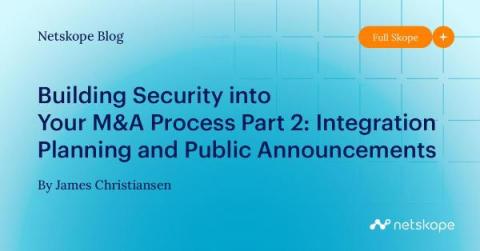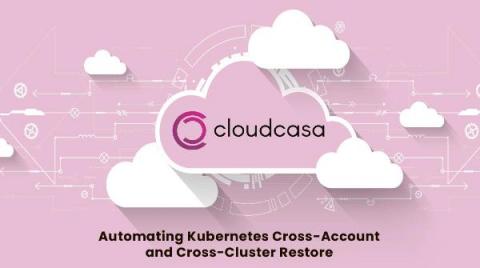State of your attack surface, improved user permissions, and many new tests
The attack surface is inevitably going to grow. That’s why we believe it’s crucial for customers to not only know what assets they are exposing online, but knowing to what extent assets are exposed on their attack surface. Previously, it wasn’t possible to filter the attack surface view by state (you can read more about state here). This limitation made it difficult to assess some Internet-facing assets, such as those that were resolving DNS records with no reachable IPs.











